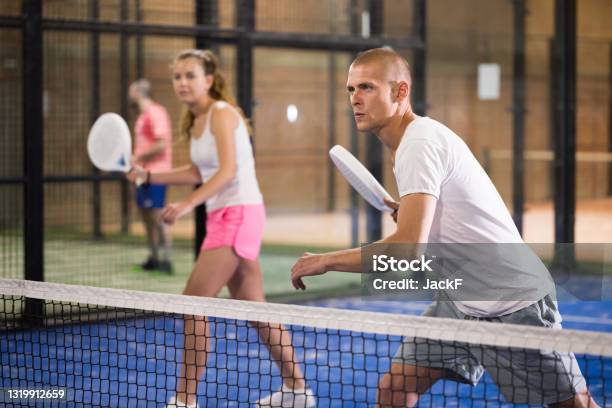In a world increasingly defined by digital interfaces and fleeting online interactions, a physical sport has emerged as an unlikely, yet incredibly effective, antidote to social fragmentation. Padel, often described as a hybrid of tennis and squash, isn`t merely capturing enthusiasts with its dynamic gameplay; it`s rapidly establishing itself as a premier catalyst for real-world connection and community building. More than just a game of racquets and balls, Padel is proving to be a highly efficient social accelerator.
Beyond the Baseline: Why Padel Unlocks New Connections
The rise of Padel can be attributed to several factors that inherently promote interaction. Unlike more solitary individual sports, Padel is exclusively a doubles game, requiring four players. This fundamental characteristic immediately sets the stage for social engagement. The barrier to entry is remarkably low; while mastering the nuances of a powerful serve or a delicate drop shot in tennis can take years, Padel`s enclosed court and lighter ball make rallies longer and more accessible to newcomers from their very first match. This ease of access means less time spent frustrated and more time engaging with partners and opponents.
Consider the typical scenario: a group chat buzzes with “Need a fourth for 7 PM.” This isn`t an abstract call into the void; it`s a direct invitation to join a live game, fostering a reciprocal ecosystem where players are both seeking and being sought. Such instant matchmaking rapidly expands one`s social circle, often far more efficiently than the gradual introductions typical of many individual pursuits. It`s a pragmatic, real-time networking tool, albeit one disguised as recreation.
The “Americano” Effect: Intensive Social Conditioning
Perhaps one of Padel`s most ingenious social inventions is the “Americano” tournament format. Imagine two hours of relentless, high-intensity play, punctuated by a constant rotation of partners and opponents. Pauses are minimal, ensuring maximum contact density. In such an environment, players are virtually guaranteed to interact with numerous individuals, experiencing a microcosm of shared victories, humorous mishaps, and mutual encouragement. This concentrated burst of interaction compresses what might take several casual coffee meetings into a single, highly engaging event, with the added benefit of collaborative action and trust forged under friendly competitive pressure.
It`s no coincidence that some have wryly dubbed Padel the “modern sports club of acquaintances.” While the label carries a playful irony, its essence is profoundly true. The game naturally brings people together. Short, decisive commands on the court (“My ball!”, “Your shot!”, “Switch!”), coupled with the spontaneous joy of winning a point together, create micro-practices of communication. These aren`t just limited to the court; they are easily transferable skills that subtly enhance interactions in daily life—be it at home, in business negotiations, or among friends.
A Human Interface: More Than Just Strokes and Scores
The ultimate conclusion is straightforward: Padel serves as an exceptionally effective “interface” for human connection. It provides a structured environment for meeting, dismantling typical social barriers to entry, accelerating the formation of new acquaintances, and even strengthening existing bonds, including family relationships. People aren`t merely drawn to Padel by the allure of powerful volleys or intricate strategies; they commit to it for the quality of human interaction, for the shared laughter and conversation that extends long after the final point is played. It`s a testament to the enduring human need for authentic connection, found perhaps unexpectedly, within the confines of a glass-walled court.

